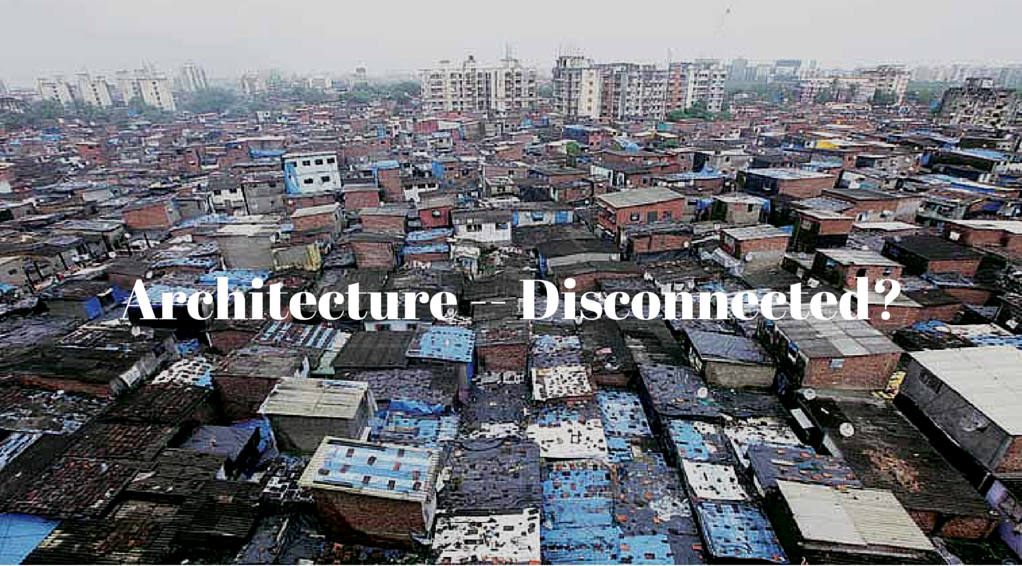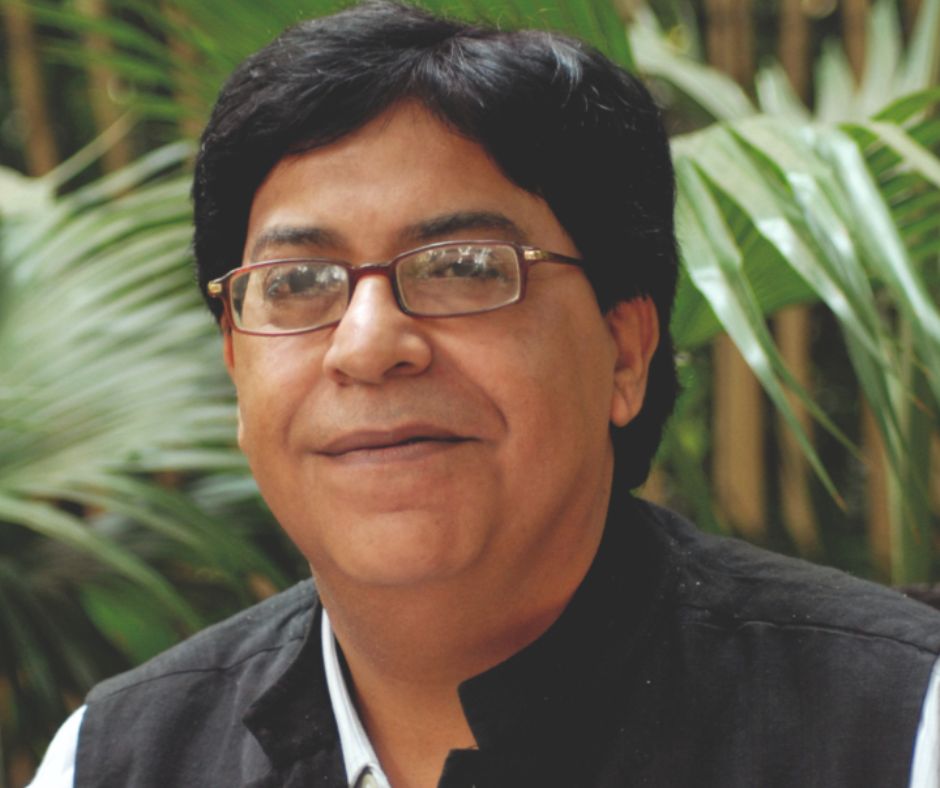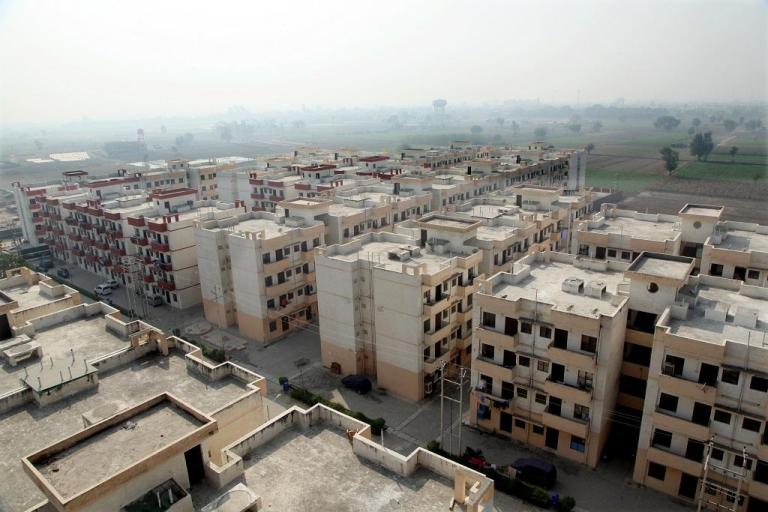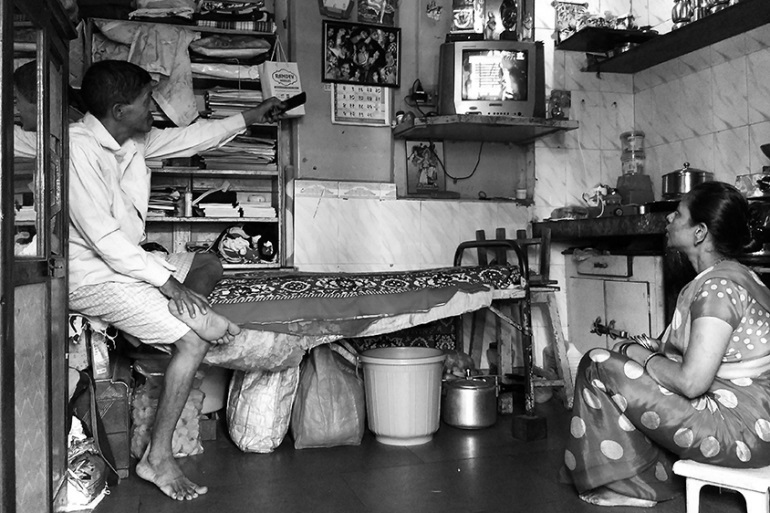We continue our discussion on ‘Architecture – Disconnected?’, inviting the opinions of Prof. Nalini Thakur from School of Planning and Architecture, Delhi – and she approaches the issue from an institutional angle, talking about how the academic setup can – and must – play a role in bridging this gap.
Architectural profession in India is lost and in crisis. I would not credit this distancing to a conscious decision – instead, it has been drifting with no substance or direction. We lack the ability to keep pace with rapid change; we have no leadership or vision, to inspire or guide us. Most of all, the institutions have failed the profession.
I do think it is a post-colonial impact on all of us. The information we absorb in architecture schools is totally irrelevant to our culture, only suited to our colonized status in the past – leading to a state of confusion. This has resulted in our inability to build a relevant cultural knowledge base rooted in our indigenous context. Such a base is necessary for us to imbibe learning that we can integrate with our design problems.
For recovering from this crisis and closing the gap, the starting point is education. The leading institutions must take on the responsibility and attempt to do the needful, and set an example. Also, individual architects should focus on carrying out quality work – they cannot take on the big problems of the profession on their shoulders. There are specific roles and responsibilities for each person/agency.
We are talking about a new paradigm in architectural education – the post-colonial context. We as teachers can take on a part …Let us start.








3 Responses
Dear Prof. Nalini Thakur , after much Time and Space delighted to read your lines on architecture context and content with culture and heritage to add value. YES, I am with you all the way. But in this jungle what prevails. Even the jungle has its defined designs. But in our built environment, imitate and paste has become the order. Students do not even peruse challenges of imagination and innovation.
Yes, there are a few who stray the lonely path. But Institutions and schools must and can play a deeper role, awakening the senses to our lives in this subcontinent on this earth.
Let more souls spirited like you be the path breakers.
http://www.jaisimfountainhead.in
THERE ARE TWELVE LAKES CIVIL ENGINEERS AND SEVENTY FIVE THOUSAND ARCHITECTS ARE IN INDIA. BIG BOSS YOU HAVE DESTROYED 75% OF BUILT UP AREA.DAY BY DAY TRAFFIC, ANIMAL AND HUMAN POPULATION ARE INCREASING.YOU WANT TO PROTECT THE BIRDS AND ANIMAL KINGDOM. BUT WE DON T CARE ABOUT POLLUTION.SINCE WE ARE UN EDUCATED THE RULES, RESEARCH AND DEVELOPMENT DONT APPLY OUR DAY TO DAY LIFE.OUR GIFTED ARCHITECTS HAVE BECOME CARTOONIST AND ACTORS.WAKE UP GO FILL THE PARLIAMENT HOUSE AND STATE ASSEMBLY HALL.IF YOU DEVELOP THE LOCAL SMART CITY, STUDENTS WILL LEARN BY THEMSELVES.LET THE BOYS AND GIRLS ENJOY THEIR TEENAGE WALK.DON T FORCE YOUR VISION. UNIVERSE IS WITH THEIR E NOTE BOOK.
REGARDS,
rajan.